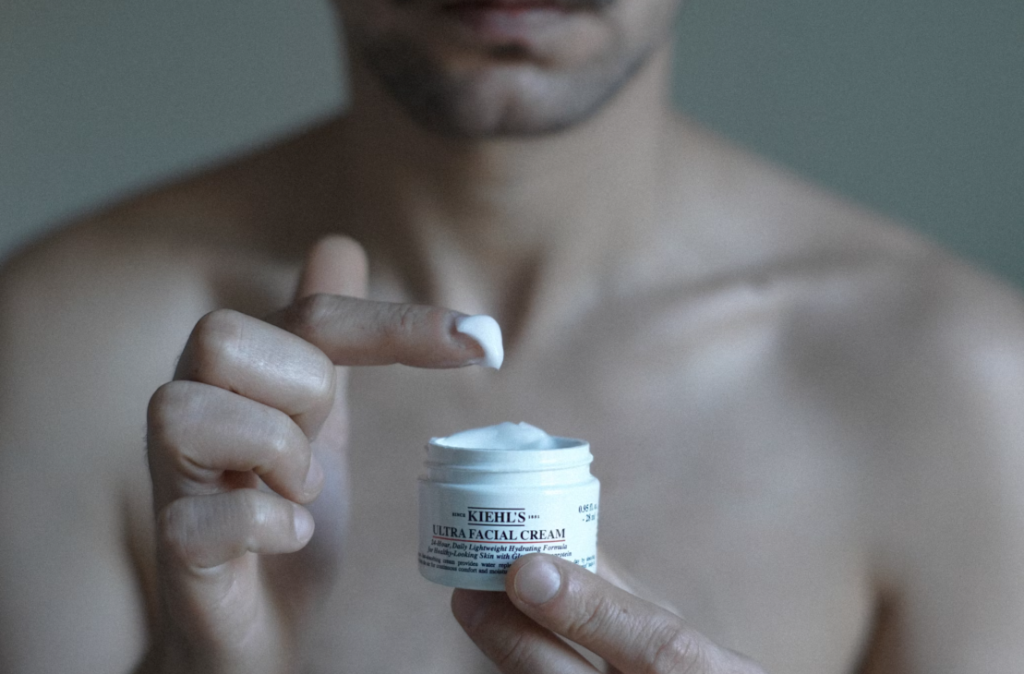Luxury vs. Drugstore Facials – Is the Price Justified?
Introduction
Ever stood in front of a beauty aisle, holding a $10 drugstore facial in one hand and a $150 luxury facial treatment in the other, wondering if that hefty price tag really means better skin? You’re not alone. In a world flooded with skincare options, the debate between luxury and drugstore facials continues to spark curiosity. Let’s dig into whether spending more actually gets you more.
What Are Facials and Why Do People Get Them?
The Basics of a Facial
Facials are skincare treatments that typically involve cleansing, exfoliating, extracting, massaging, and masking the face. They’re designed to improve skin health, promote relaxation, and sometimes even treat specific issues like acne or hyperpigmentation.
Common Skin Concerns Addressed
From clogged pores and dryness to dullness and fine lines, facials are marketed as solutions to a variety of skin woes. But not all facials are created equal—some promise instant radiance, while others claim long-term transformation.

Breaking Down the Cost Difference
Price Range: Drugstore vs. Luxury
Drugstore facials often range between $5 and $30. Think sheet masks, peel-off masks, or clay-based formulas. Luxury facials? You’re looking at $80 to $300 per session, especially if they’re done in high-end spas or feature exclusive ingredients.
What’s Included in Each Option?
Luxury facials often come with a full spa experience—think ambient music, skilled estheticians, advanced technology, and premium ingredients. Drugstore options are usually DIY, with the emphasis on convenience rather than pampering.
Ingredients and Formulation
Quality of Ingredients
Luxury facials frequently boast high-quality, potent ingredients like hyaluronic acid, peptides, vitamin C, and rare botanicals. Drugstore versions might have similar components but often in lower concentrations or less stable forms.
Research and Innovation
Patented Complexes and Proprietary Blends
Many luxury skincare brands invest heavily in R&D, creating exclusive formulas that they protect through patents. These blends can include next-gen anti-aging peptides or cutting-edge delivery systems.
Natural vs. Synthetic
Interestingly, drugstore brands are catching up fast. Thanks to consumer demand, many now offer cleaner formulations with fewer synthetic fillers. However, luxury products often still lead in refinement and efficacy.

Experience and Ambiance
Setting the Scene: Spa Environment vs. Home Use
Luxury facials are a full-on experience—dim lighting, calming aromas, soft towels. It’s not just skin-deep; it’s therapeutic. Drugstore facials, while practical, lack this sensory indulgence.
Professional Touch vs. DIY Application
Let’s face it, there’s a difference between a trained esthetician and our own two hands. Professionals know skin anatomy, pressure points, and techniques that enhance product absorption and blood flow.
Effectiveness and Results
Short-Term Glow vs. Long-Term Health
Drugstore facials might give you that “instant glow,” especially before a night out. But luxury facials, particularly those done by professionals, are often geared toward long-term skin improvement—reducing wrinkles, firming skin, and improving texture over time.
Skin Type Considerations
Some skin types (think sensitive or acne-prone) may benefit more from professional oversight. Drugstore facials can sometimes cause irritation or breakouts if not chosen wisely.
Value for Money: Is Expensive Always Better?
Cost-Per-Use Analysis
That $100 luxury mask might last 10 uses—$10 per treatment. Not wildly different from a $5 drugstore mask, especially if the results are significantly better. Always consider longevity and effectiveness, not just the sticker price.
Targeting Specific Skin Issues
Luxury facials often come with targeted ingredients or technologies (like LED therapy or microcurrents) that drugstore options simply can’t replicate.

Expert Opinions and Dermatologist Insights
What Professionals Say About Both
Dermatologists often stress consistency over price. A $10 mask used weekly may be more beneficial than a $200 facial once a year—especially when combined with a good routine.
Clinical Backing and Trials
Luxury brands are more likely to back their claims with clinical trials, peer-reviewed studies, and dermatologist endorsements. That adds credibility, but doesn’t always mean better results for everyone.
The Role of Branding and Packaging
Let’s not ignore the power of marketing. Beautiful jars, celebrity endorsements, and luxe packaging all add to the cost—but not necessarily the efficacy. You’re sometimes paying for the experience of owning a luxury product, not just its skin benefits.
When to Splurge and When to Save
Skin Conditions That May Require Premium Care
Conditions like rosacea, severe acne, or premature aging may warrant professional attention and higher-end products. In these cases, the price can be worth the expertise and results.

Everyday Maintenance with Budget Options
For general upkeep, drugstore facials often get the job done. Hydrating masks, gentle exfoliants, and clay treatments are readily available and surprisingly effective.
Conclusion
So, is the price of a luxury facial justified? The answer is: it depends. If you’re after relaxation, personalized treatment, and high-performance ingredients, luxury facials might be worth every penny. But for those on a budget, drugstore options have evolved to offer real benefits—especially when used consistently. Like many things in skincare, it’s about balance, knowledge, and what works for your unique skin.
FAQs
1. Are luxury facials more effective than drugstore ones?
Not always. While luxury facials often use better-quality ingredients, effectiveness also depends on your skin type, consistency, and proper usage.
2. Can drugstore facials damage my skin?
If chosen poorly or used too often, yes. Always check for allergens, harsh chemicals, or irritants.
3. How often should I get a luxury facial?
Every 4–6 weeks is ideal, but it depends on your skin’s needs and your budget.
4. Is it better to get facials at a spa or use at-home treatments?
Spa facials offer expertise and advanced tools, but at-home treatments are great for maintenance between visits.
5. What ingredients should I look for in a drugstore facial?
Look for hyaluronic acid, niacinamide, vitamin C, and gentle exfoliants like lactic acid or enzymes.









Post Comment